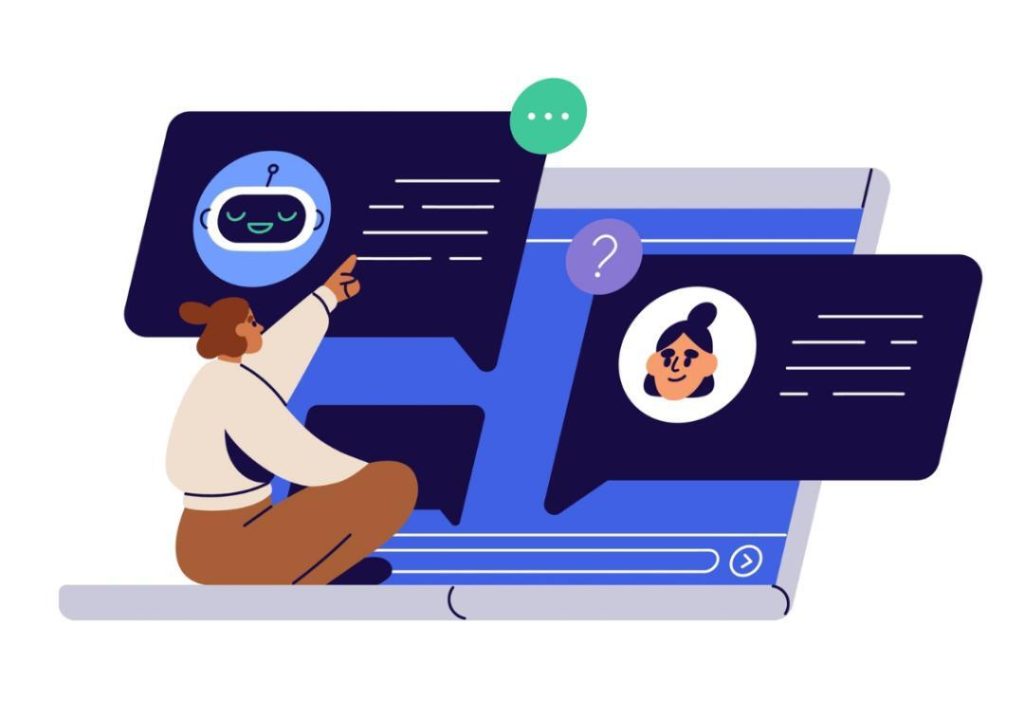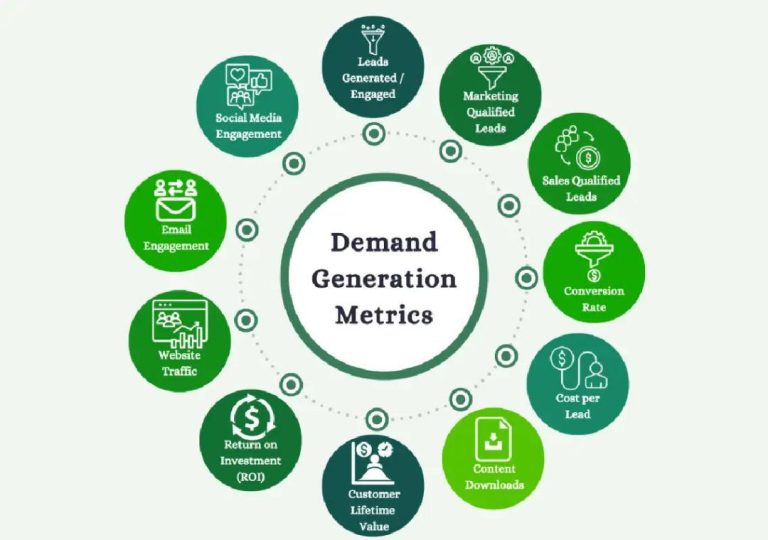
From Guesswork to Growth Loops: How AI Copilots Revolutionize Marketing
In today’s fast-paced digital landscape, marketers face a daunting task: understanding what drives customer behavior and making data-driven decisions to fuel growth. For far too long, many marketing teams have relied on guesswork and intuition to guide their campaigns, often leading to wasted resources and missed opportunities. However, the emergence of AI copilots is changing the game, empowering brands to shift from guesswork to growth loops.
The Limitations of Guesswork
Marketers are often forced to make decisions based on incomplete or inaccurate data, anecdotal evidence, and personal biases. This approach can lead to a series of trial-and-error experiments, where campaigns are launched, measured, and adjusted based on assumptions rather than concrete evidence. As a result, valuable resources are often wasted on ineffective channels, creative assets, and messaging strategies that fail to resonate with target audiences.
Moreover, the lack of transparency and accountability in the decision-making process can lead to siloed departments, conflicting priorities, and a general sense of frustration among team members. The quest for growth and revenue becomes a game of chance, where the outcome is uncertain and the only constant is the feeling of “what could have been.”
The Rise of AI Copilots
Enter AI copilots, the latest innovation in marketing technology that’s revolutionizing the way brands approach customer engagement and growth. AI copilots are designed to learn from user behavior, analyze vast amounts of data, and adapt campaigns in real-time to optimize performance. By leveraging machine learning algorithms, these powerful tools can identify patterns and correlations that would be impossible for human analysts to detect.
With AI copilots, marketers can now focus on what truly drives growth – rather than relying on assumptions or gut feelings. By constantly learning from user behavior, these tools can:
- Optimize campaign performance: AI copilots can analyze the effectiveness of different channels, creative assets, and messaging strategies, automatically adjusting campaigns to maximize ROI.
- Identify high-value audience segments: By analyzing user behavior, AI copilots can pinpoint high-value audience segments that are most likely to convert, allowing marketers to target their efforts more effectively.
- Provide real-time insights: AI copilots can provide marketers with real-time insights into customer behavior, enabling them to respond quickly to changes in the market and capitalize on emerging trends.
- Automate routine tasks: By automating routine tasks such as data analysis, reporting, and campaign optimization, AI copilots free up marketers to focus on higher-level strategic decisions.
The Power of Better Attribution Models
One of the most significant benefits of AI copilots is their ability to provide more accurate attribution models. Traditional attribution models often rely on simplistic approaches, such as last-touch or first-touch, which can lead to incomplete or inaccurate assessments of campaign performance. AI copilots, on the other hand, can analyze complex customer journeys, assigning credit to multiple touchpoints and channels that contribute to conversions.
This shift towards more accurate attribution models has profound implications for marketers. By understanding the true impact of each campaign element, marketers can:
- Optimize resource allocation: With a clearer understanding of which channels and creative assets drive the most value, marketers can allocate resources more effectively, maximizing ROI.
- Improve campaign strategy: By analyzing the effectiveness of different campaign elements, marketers can refine their strategy, focusing on the tactics that drive the most growth.
- Enhance customer experience: By understanding the customer journey, marketers can identify areas for improvement, streamlining the customer experience and increasing satisfaction.
The Future of Marketing: From Guesswork to Growth Loops
The introduction of AI copilots marks a significant turning point in the evolution of marketing. By leveraging the power of machine learning and data analytics, marketers can shift from a culture of guesswork to a culture of growth loops.
In a growth loop, marketers focus on what drives growth, rather than what feels right. They analyze data, test hypotheses, and refine their strategy based on concrete evidence. This approach enables marketers to:
- Drive sustained growth: By continuously optimizing campaigns and refining their strategy, marketers can drive sustained growth and revenue.
- Enhance customer experience: By understanding customer behavior and preferences, marketers can deliver more personalized and relevant experiences, increasing satisfaction and loyalty.
- Stay ahead of the competition: By leveraging AI copilots and better attribution models, marketers can stay ahead of the competition, anticipating and responding to changes in the market.
Conclusion
The introduction of AI copilots is revolutionizing the way brands approach marketing. By shifting from guesswork to growth loops, marketers can drive sustained growth, enhance customer experience, and stay ahead of the competition. As the marketing landscape continues to evolve, one thing is clear: the future belongs to those who can harness the power of AI and data analytics to drive growth and revenue.
Source:
https://www.growthjockey.com/blogs/india-gets-its-first-ai-copilot-for-marketing






